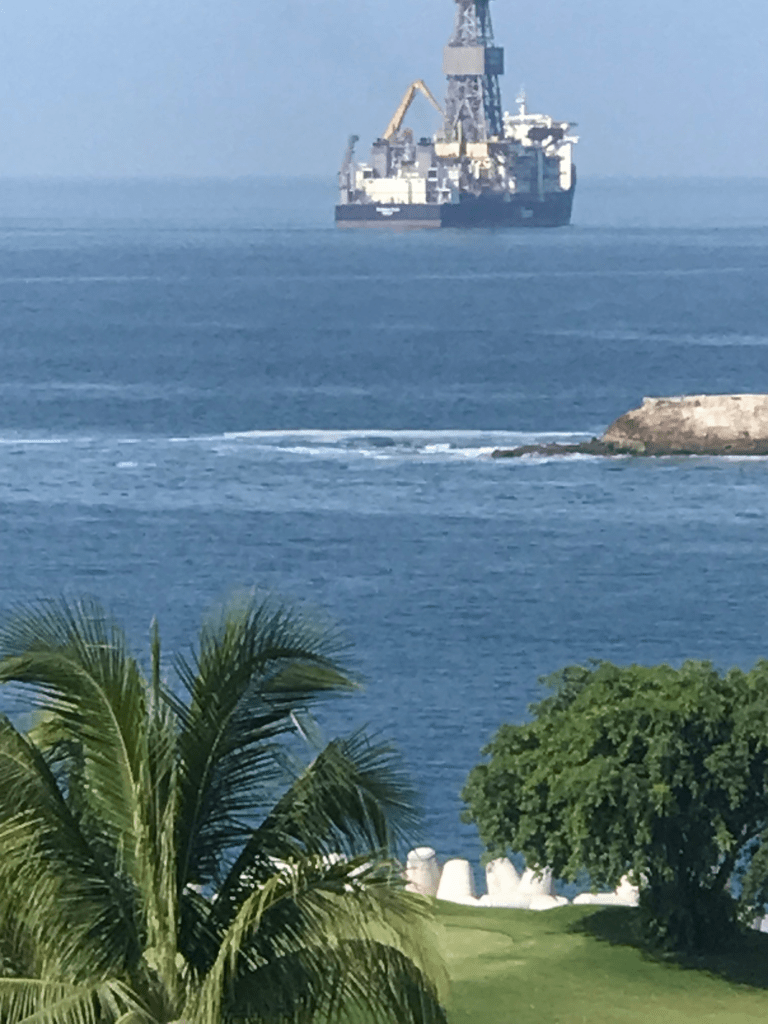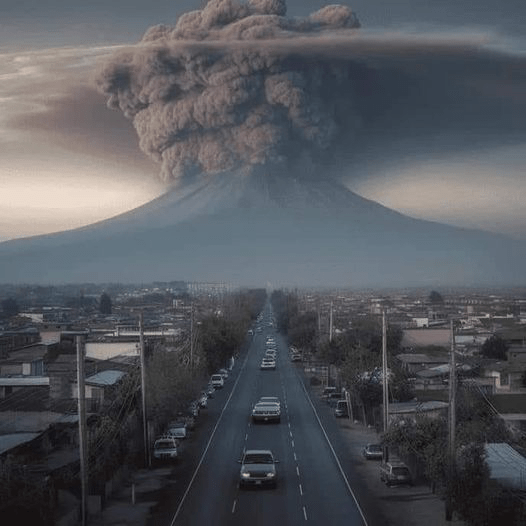Our Mexican correspondent Andrew Konczvald reports that the Hidden Gem deep sea mining vessel is no longer in Manzanillo. Vessel tracking data indicate that the ship has relocated to the Port of Long Beach.
News articles are reporting that The Metals Company is conducting studies in the Pacific. These articles erroneously include a file photo of the Hidden Gem, which is not involved with this research. The MV Coco, an impressive research vessel that is pictured below with the obligatory Greenpeace protesters, is conducting the studies.

On a related note, below is an interesting video about last year’s nodule recovery trials using the Hidden Gem’s integrated collection system.










